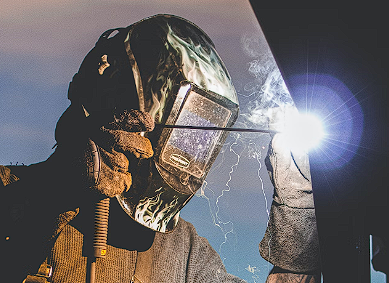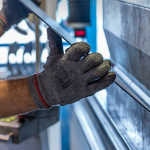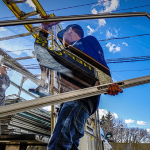In the world of industrial fabrication, Welders and Fitters are the artisans of metal, melding technical expertise with creative ingenuity. Their roles, though distinct, intertwine seamlessly, contributing significantly to the construction and assembly of structures, machinery, and various metalwork projects. Let’s unravel the intricacies and significance of Welders and Fitters in industrial settings.
The Art of Welding
Welding is the alchemy that transforms metal into unified structures. Welders wield torches, electrodes, or lasers, fusing metals together with precision and strength. Their mastery lies in various welding techniques, from MIG and TIG to arc welding, each demanding a unique skill set and understanding of materials.
Fitting the Puzzle Pieces
Complementing the work of Welders are Fitters, the architects of metal assembly. Fitters interpret blueprints and technical drawings, meticulously measuring, cutting, and shaping metal components. Their attention to detail ensures that fabricated parts seamlessly fit together, forming the foundation for welding processes.
Collaboration and Synchronization
The synergy between Welders and Fitters is crucial. Fitters prepare the groundwork, meticulously fitting components like a complex puzzle, while Welders bring these pieces together through precise welding techniques. This collaboration demands clear communication and coordination to achieve a harmonious workflow.
Precision and Quality Assurance
Both Welders and Fitters are guardians of quality. Fitters meticulously measure and cut materials to exact specifications, ensuring precision in every piece. Welders, on the other hand, execute flawless welding techniques, conducting visual and non-destructive inspections to guarantee the integrity of welded joints.
Adaptability and Innovation
In the dynamic realm of industrial fabrication, adaptability is key. Welders and Fitters adapt to various materials, from steel and aluminum to exotic alloys, adjusting techniques and strategies accordingly. Innovation drives their craft, with continuous learning and embracing new technologies enhancing efficiency and quality.
Safety and Efficiency
Safety is paramount in the world of welding and fitting. Both professions adhere to strict safety protocols, utilizing personal protective equipment (PPE) and ensuring the maintenance of a safe working environment. This commitment to safety ensures the well-being of workers and the integrity of the fabrication process.
Conclusion: Architects of Metal Transformation
Welders and Fitters are more than craftsmen; they are architects of metal transformation, shaping the backbone of industrial construction and assembly. Their precision, technical prowess, and collaborative efforts culminate in the creation of structures, machinery, and components that drive various industries forward.
As you witness the construction of towering structures or the assembly of intricate machinery, remember the silent mastery of Welders and Fitters—their expertise and dedication shaping the metalwork fabric of our industrial world.


